Inspired by the ‘whitest beetle known to science,’ PolyU researchers reveal an advanced cooling material for sustainable indoor cooling.


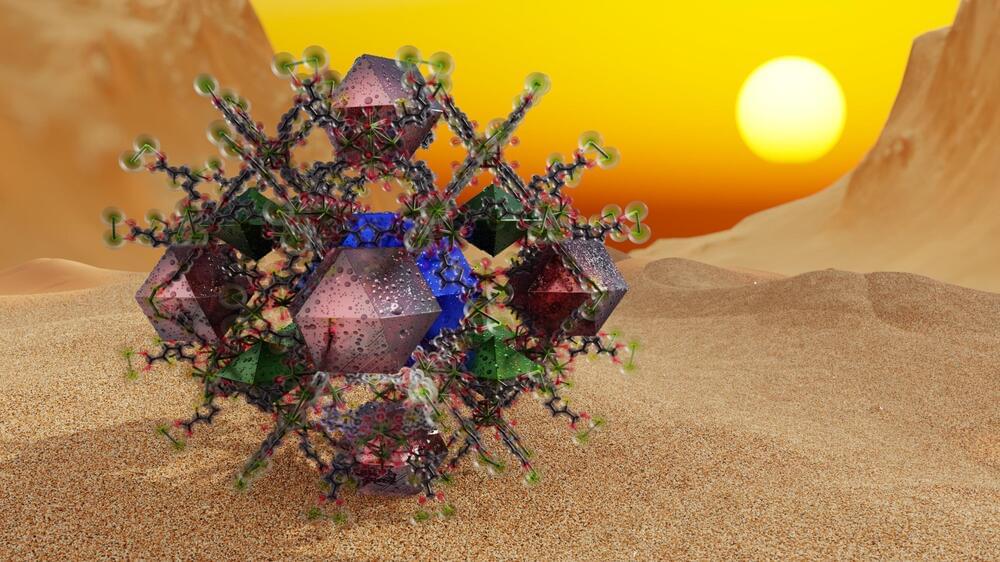
Researchers from the Helmholtz-Zentrum Dresden-Rossendorf and Dresden University of Technology have unraveled the water adsorption mechanism in certain microporous materials—so-called hierarchical metal-organic frameworks (MOFs)—while probing them on the atomic scale.
Discovered only about 25 years ago, their special properties quickly led to a reputation as “miracle materials”—which, as it turned out, can even harvest water from air. The researchers describe how the material achieves this in ACS Applied Materials & Interfaces.
“These very special materials are highly porous solids made of metals or metal-oxygen clusters which are connected in a modular way by pillars of organic chemicals. This 3D arrangement leads to networks of cavities reminiscent of the pores of a kitchen sponge. It is precisely these cavities that we are interested in,” says Dr. Ahmed Attallah of HZDR´s Institute of Radiation Physics.
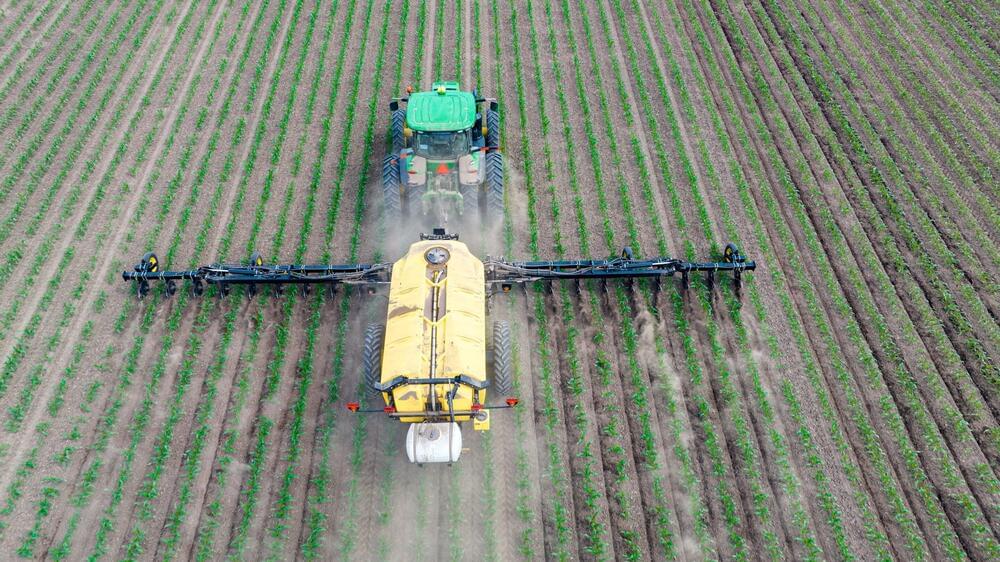
Georgia Tech engineers are working to make fertilizer more sustainable—from production to productive reuse of the runoff after application—and a pair of new studies is offering promising avenues at both ends of the process.
In one paper, researchers have unraveled how nitrogen, water, carbon, and light can interact with a catalyst to produce ammonia at ambient temperature and pressure, a much less energy-intensive approach than current practice. The second paper describes a stable catalyst able to convert waste fertilizer back into nonpolluting nitrogen that could one day be used to make new fertilizer.
Significant work remains on both processes, but the senior author on the papers, Marta Hatzell, said they’re a step toward a more sustainable cycle that still meets the needs of a growing worldwide population.
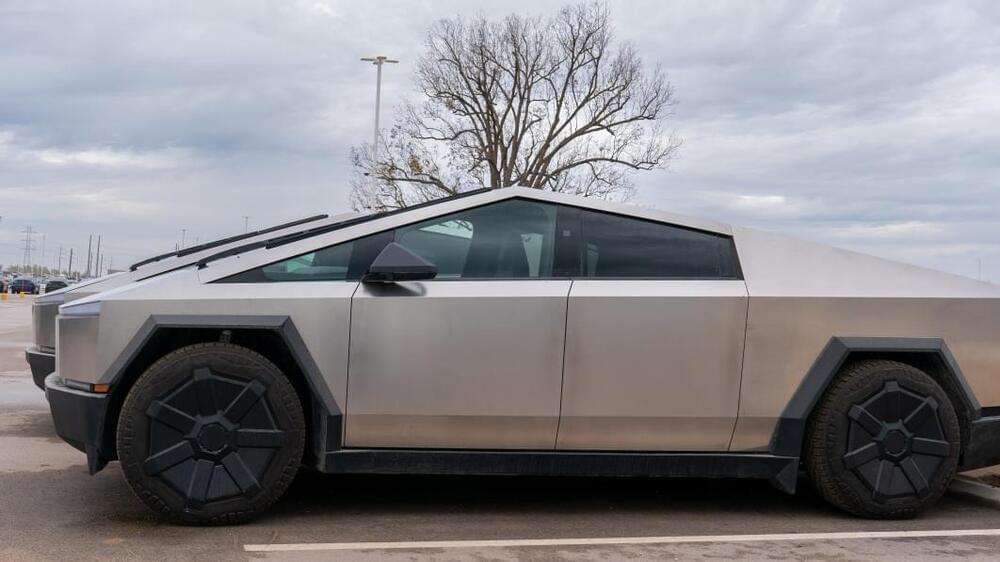
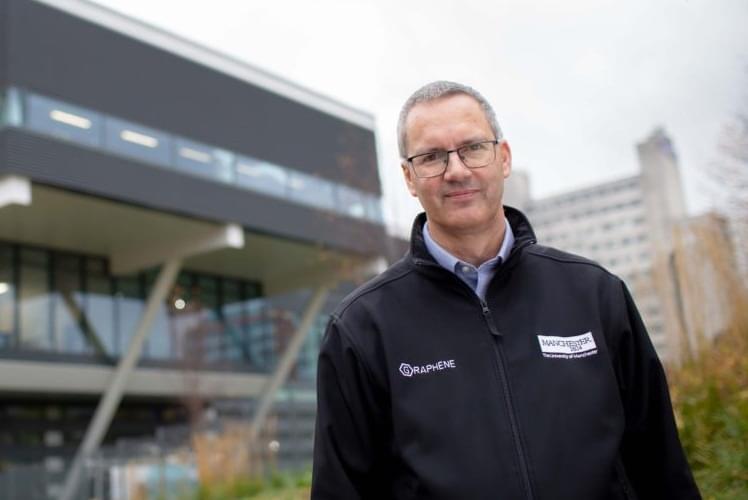
Unless it is augmented with graphene, watching concrete dry might not be the most thrilling activity. Graphene was initially isolated in 2004 by scientists at The University of Manchester and has become iconic in materials research, with applications ranging from energy storage and water filtering to transportation and construction, including concrete.
A new future for cement is being facilitated by graphene. Soon, everyone will have the option to select the color, texture, and features that they want very soon. More significantly, though, and even more so than its practicality and beauty, the increasing global sustainability movement is rekindling interest in the possibilities of concrete enriched with graphene.
The building sector is confronted with a plethora of obstacles in light of Net Zero aims, and a viable path toward progress could be through the extensive integration of cutting-edge materials. Cement production accounts for 8–10% of worldwide CO2 emissions, making it one of the industries with the largest carbon footprints.
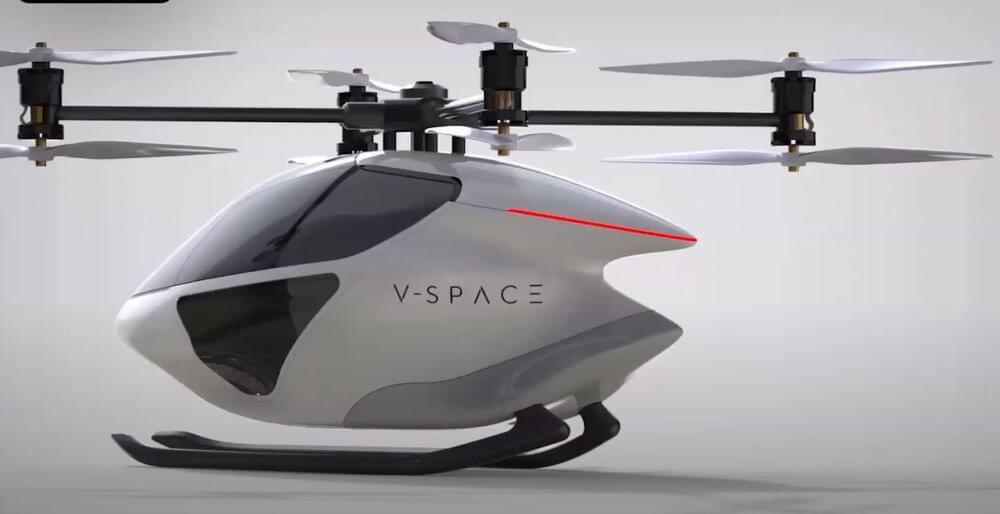
V-Space (official site) is a startup that built Korea’s first UAM (Urban Air Transportation) destined to transport people or payloads of up to 120 Kg with their eVTOL all-electric vehicle. As its name indicates, it is a Vertical Take Off and Landing vehicle using a quad-copter design. It has a seat for one person and looks like a drone-like small helicopter.
EVTOL can fly over a 40-mile distance at a maximum speed of 60 Mph, a little bit below most U.S highway’s speed limits. Of course, the main advantage here is the lack of traffic jams, especially in an emergency.
However, the company has a hot new design called V Speeder-X, which looks a lot more modern and aerodynamic. The payload capacity is 230 Kg, but the speed has increased to 50 Mph as one of the use cases is to use the drone as an ambulance. Note that the flight time is relatively short, with about ~20 minutes.
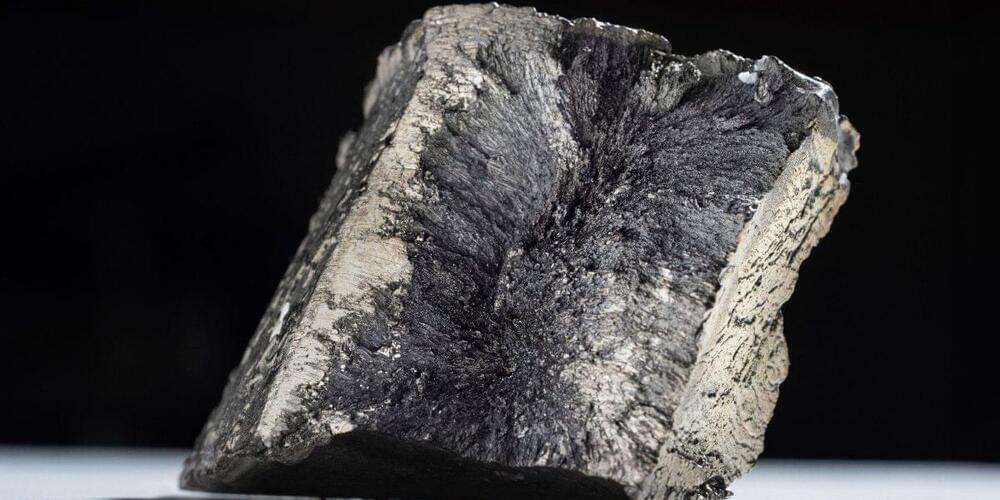
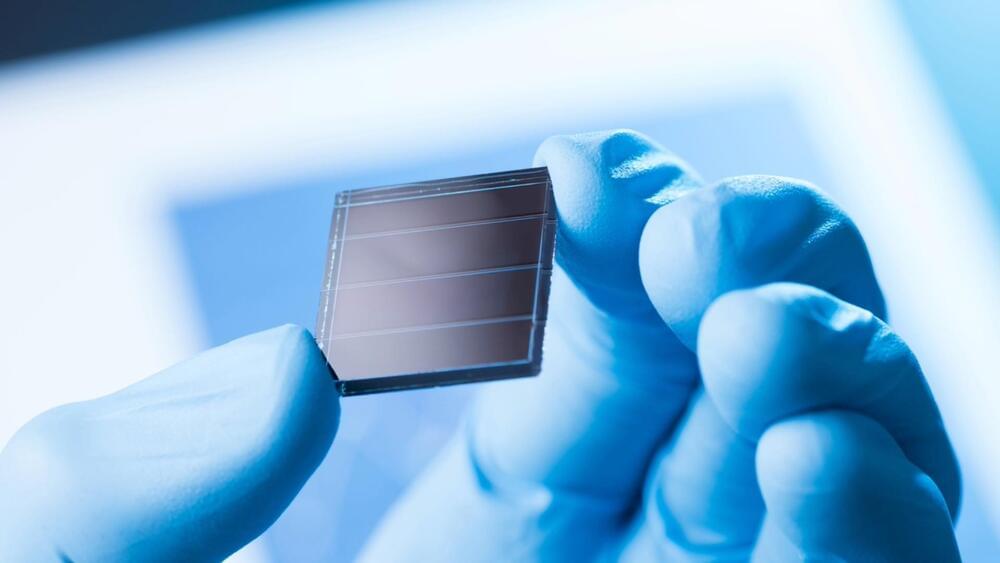
A team of researchers has achieved a milestone by developing lightweight and highly efficient stretchable solar cells for energy generation in electronic gadgets.
Researchers from the Korea Advanced Institute of Science and Technology (KAIST) declare it as the “world’s highest-performing stretchable organic solar cell.”
The development is unique as it utilizes organic material to build the photoactive layer of the solar cell, which turns light into energy.

face_with_colon_three year 2022.
One of the biggest concerns about EVs is that the batteries will need replacing after a few years, at great expense. After all, your smartphone battery is likely to have seen better days within as little as three years. But a Tesla researcher is getting ready to kick this idea into touch once and for all, after demonstrating batteries that could potentially outlive most human beings.
Tesla enthusiasts are likely to have heard of Jeff Dahn already. He’s a professor at Dalhousie University and has been a research partner with Tesla since 2016. His focus has been to increase the energy density and lifetime of lithium-ion batteries, as well as reducing their cost. Dahn appears to have hit the motherload along with colleagues on his research team. In a paper published in the Journal of the Electrochemical Society, the group claims to have created a battery design that could last 100 years under the right conditions.
Dahn’s paper contrasts cells based on Li[Ni0.5Mn0.3Co0.2]O2 chemistry (“NMC 532”) to LiFePO4. The latter is the “Lithium Iron Phosphate” (aka LFP) chemistry that Tesla is currently using in Chinese-built standard Model 3 cars imported into Europe. The LFP chemistry has lower energy density than more widespread Lithium-Ion alternatives, but is cheaper, more durable, and allegedly safer, too. LFP can last up to 12,000 charge-discharge cycles, so beating it in this regard is no mean feat. Dahn’s NMC 532 cells showed no capacity loss after nearly 2,000 cycles. The paper extrapolates this out to imply a 100-year lifespan (they obviously haven’t been testing the battery that long).

One year after initial deliveries of solid-state battery prototypes to its automotive partners, QuantumScape is receiving additional praise from PowerCo – the battery-centric subsidiary of Volkswagen Group – for the potential of its technology. PowerCo recently completed an endurance test with QuantumScape’s solid-state cells and determined they can someday power EVs that can drive 500,000 kilometers with virtually no loss of range.
QuantumScape ($QS) is an advanced battery technology company that has been working for over a decade to develop scalable, energy-dense solid-state battery cells that can one-day power EVs that are safer, charge faster, and drive farther.
During QuantumScape’s tenure in solid-state battery development, Volkswagen Group has been a partner from early on and remains one of the startup’s largest investors. OEMs like Volkswagen have helped empower QuantumScape to continue its development and deliver some of the most promising solid-state battery technology in the industry.